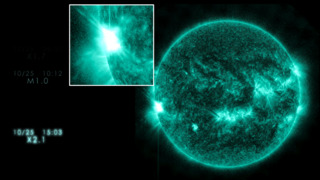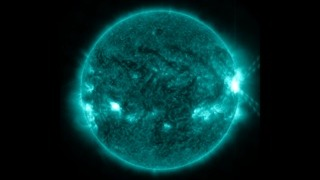Sun Emits Third Solar Flare in Two Days
This flare is classified as an X1.7 class flare. "X-class" denotes the most intense flares, while the number provides more information about its strength. An X2 is twice as intense as an X1, an X3 is three times as intense, etc. In the past, X-class flares of this intensity have caused degradation or blackouts of radio communications for about an hour.
Increased numbers of flares are quite common at the moment, since the sun's normal 11-year activity cycle is currently near solar maximum conditions. Humans have tracked this solar cycle continuously since it was discovered in 1843, and it is normal for there to be many flares a day during the sun's peak activity. The first X-class flare of the current solar cycle occurred on February 15, 2011. The largest X-class flare in this cycle was an X6.9 on August 9, 2011.
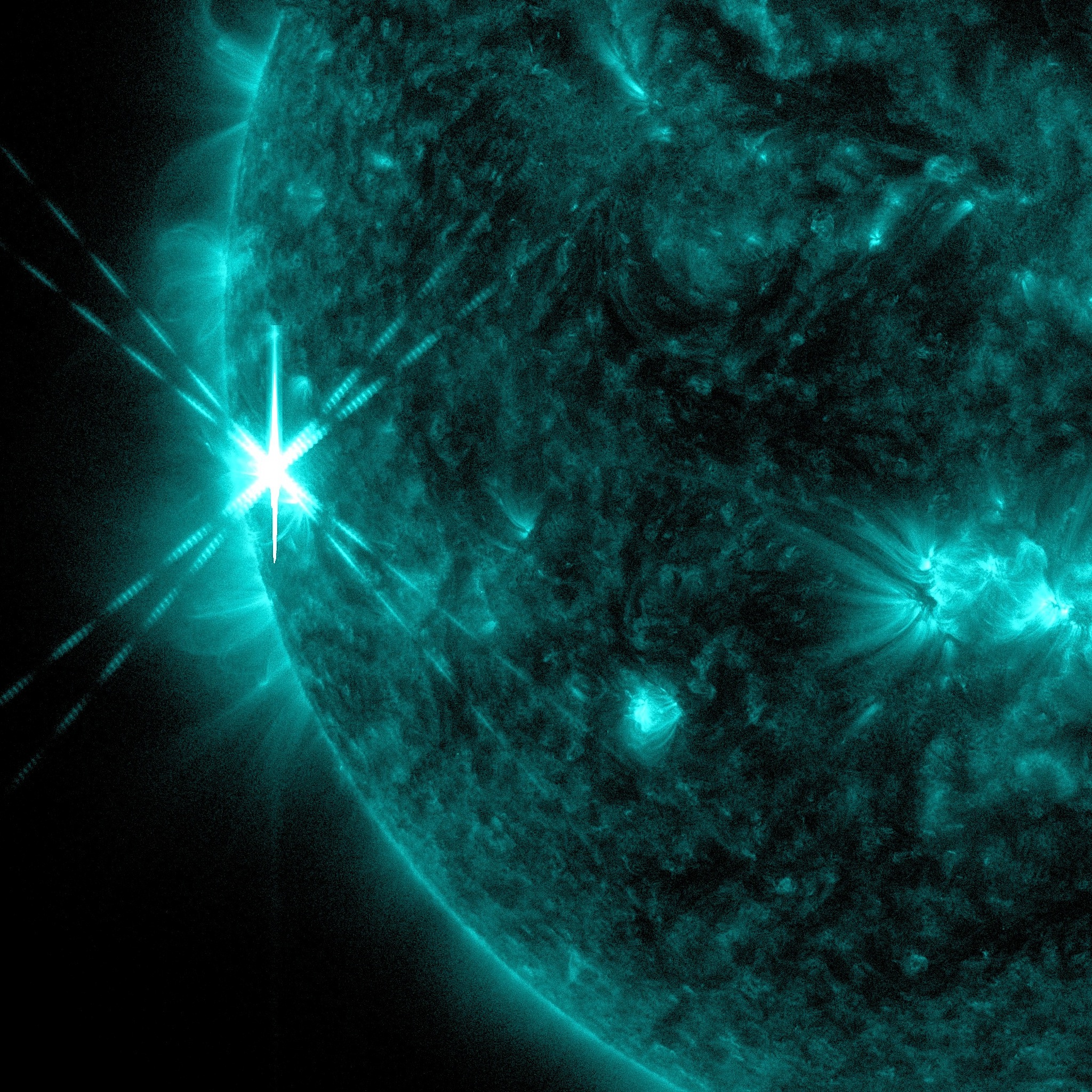

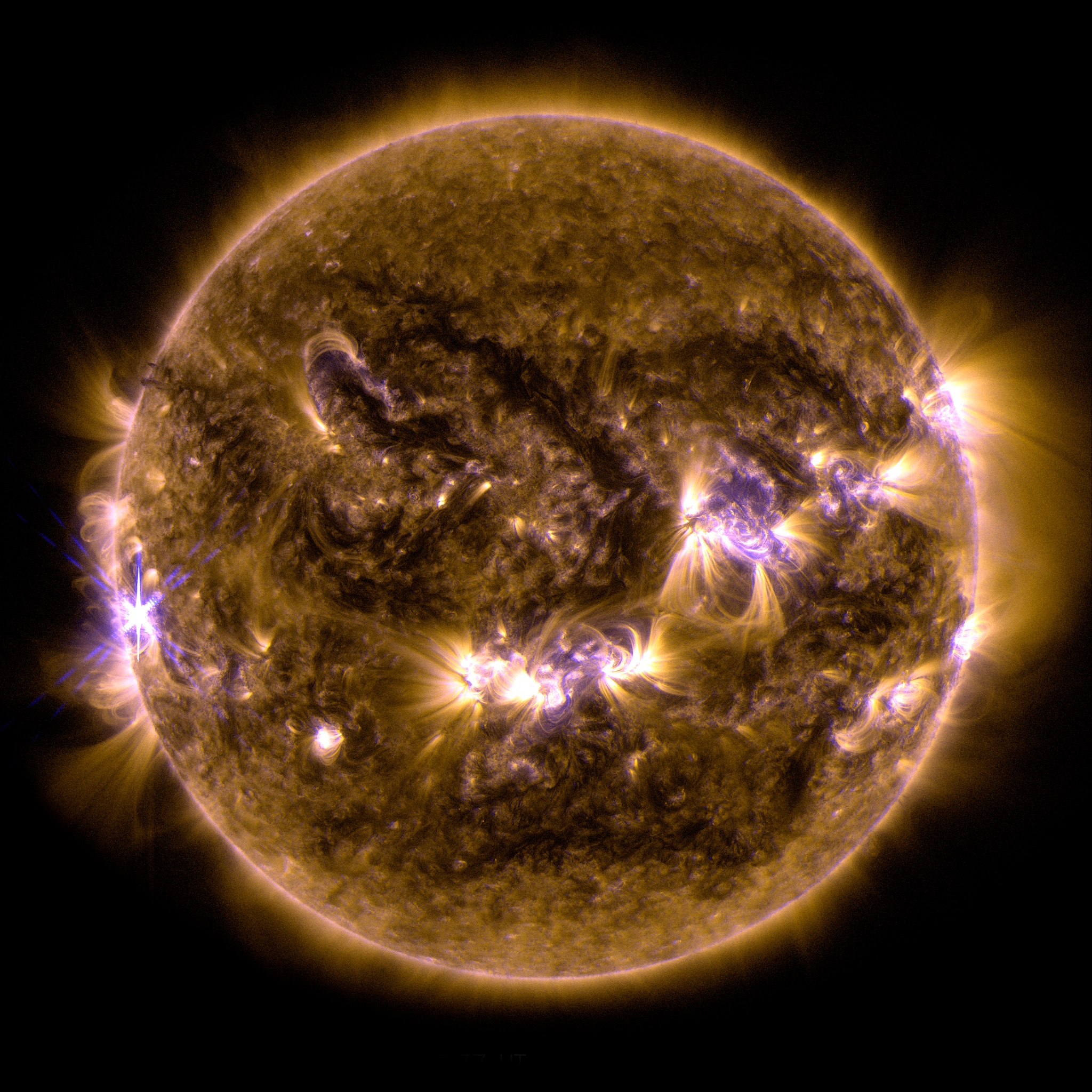
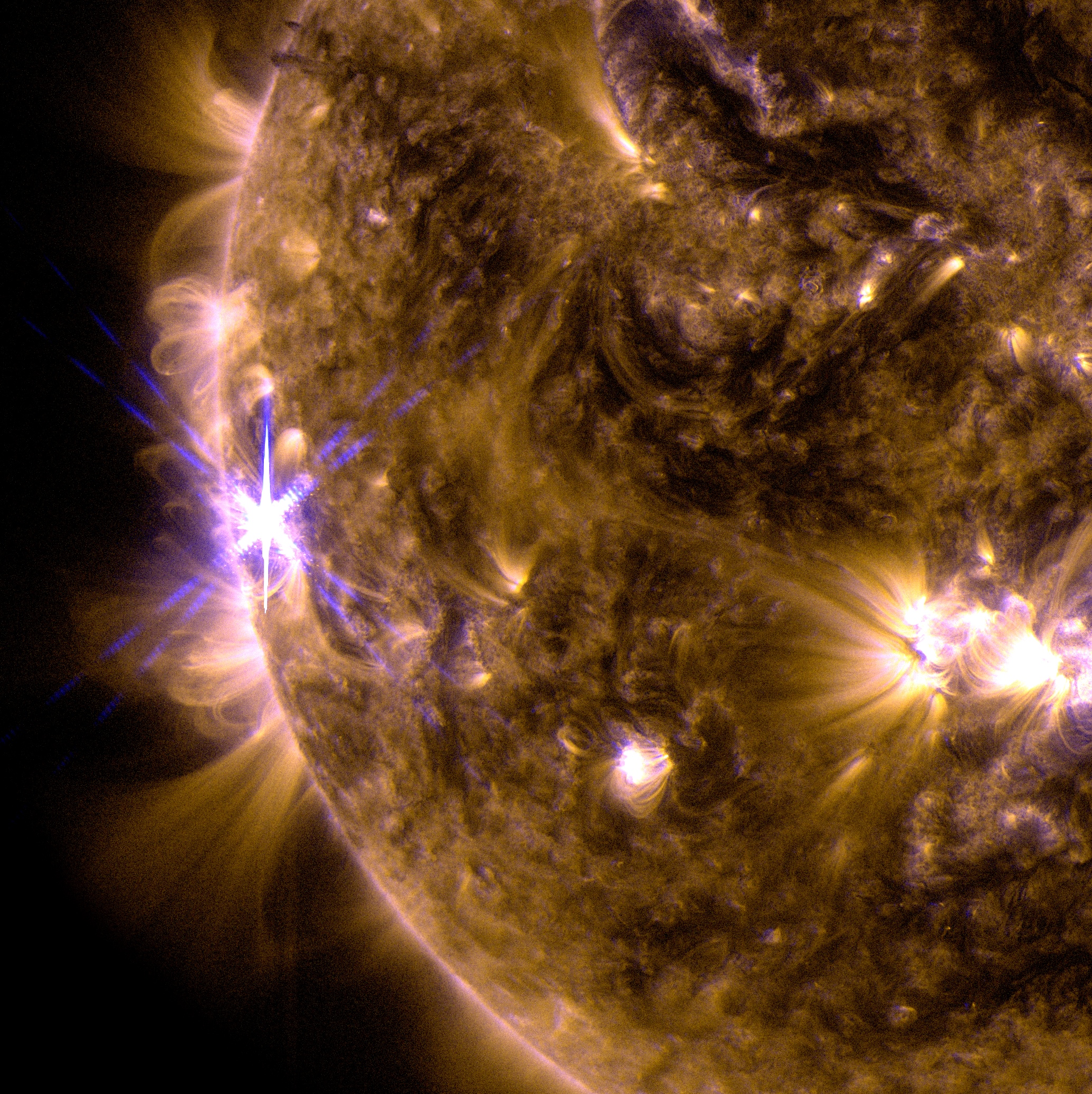
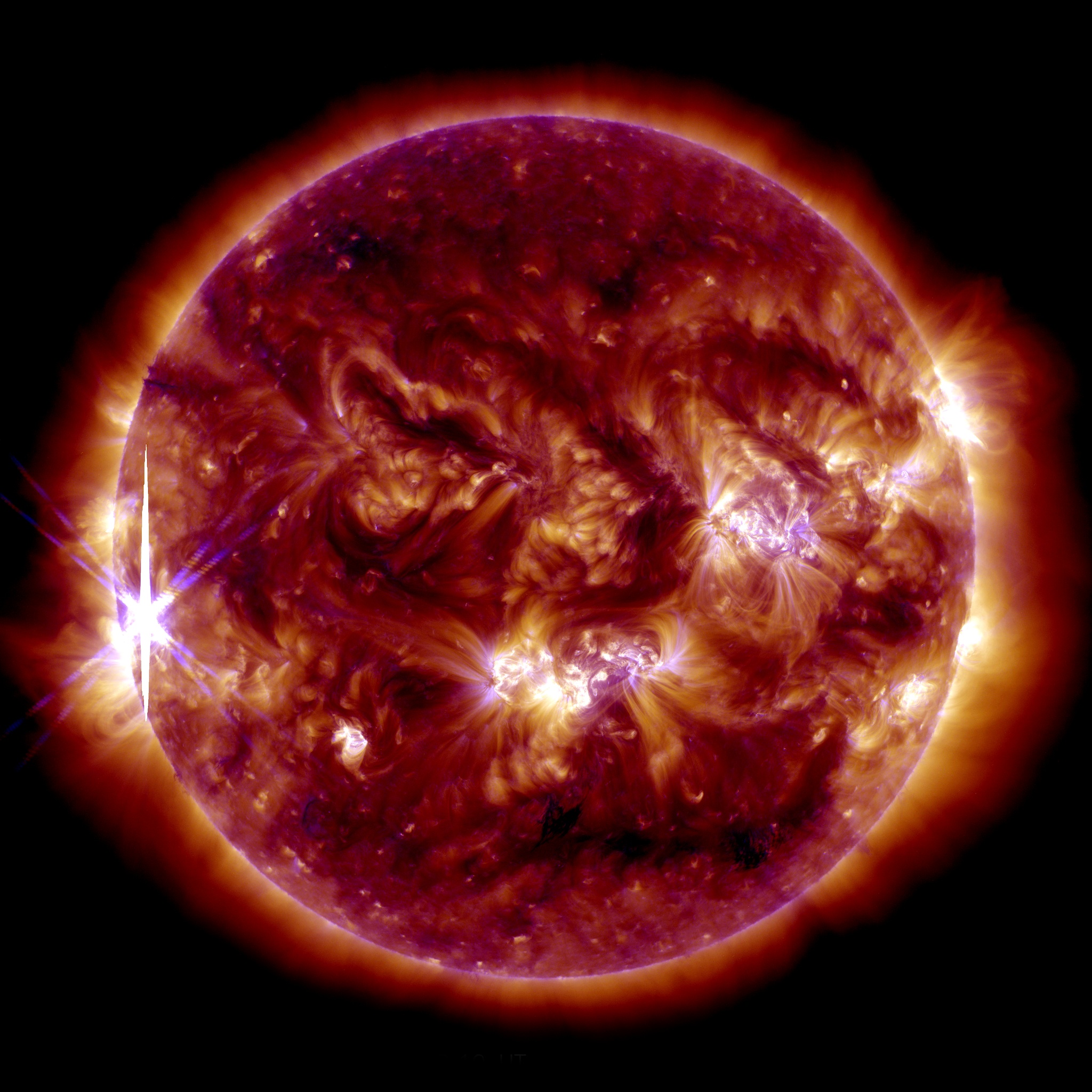

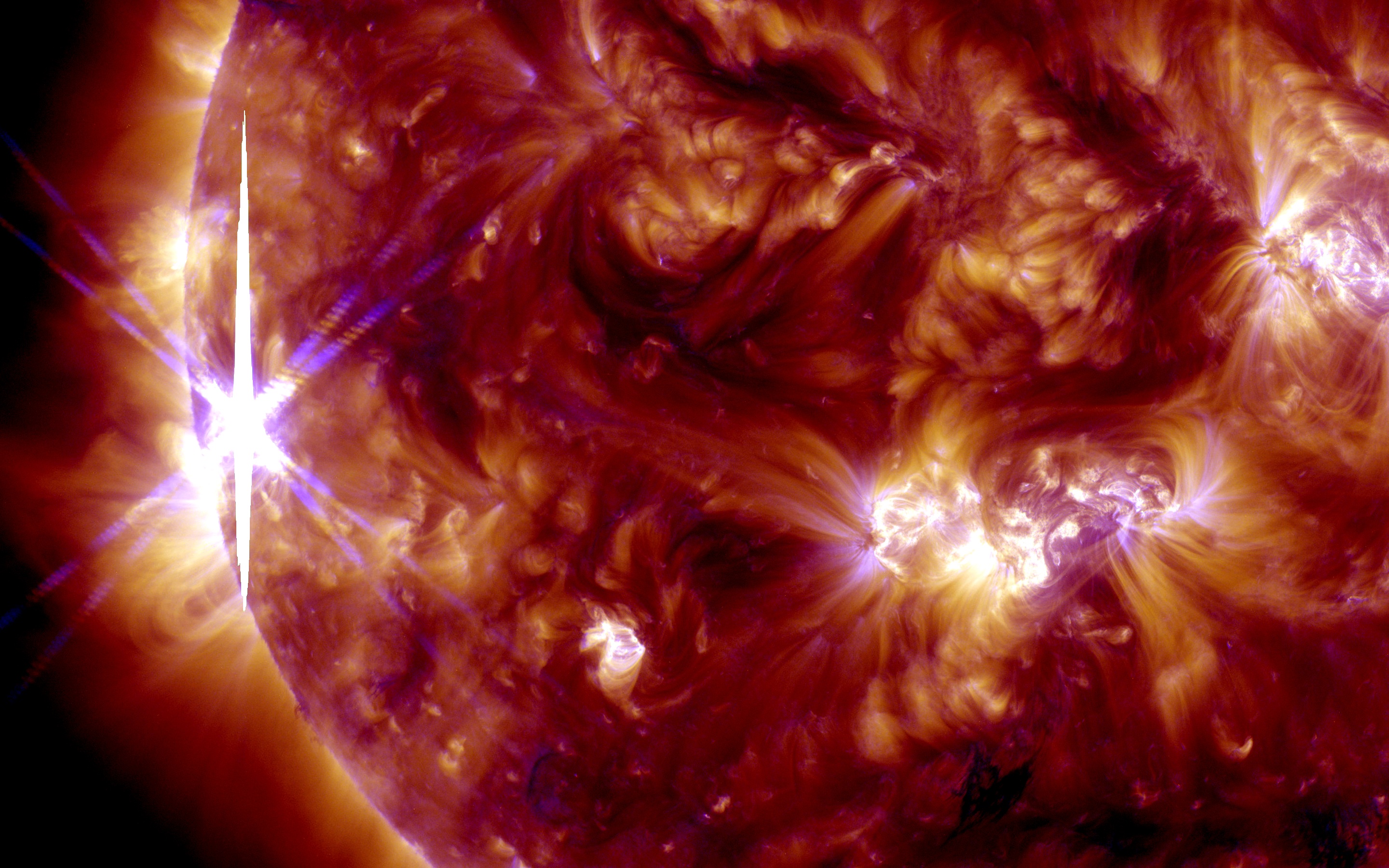



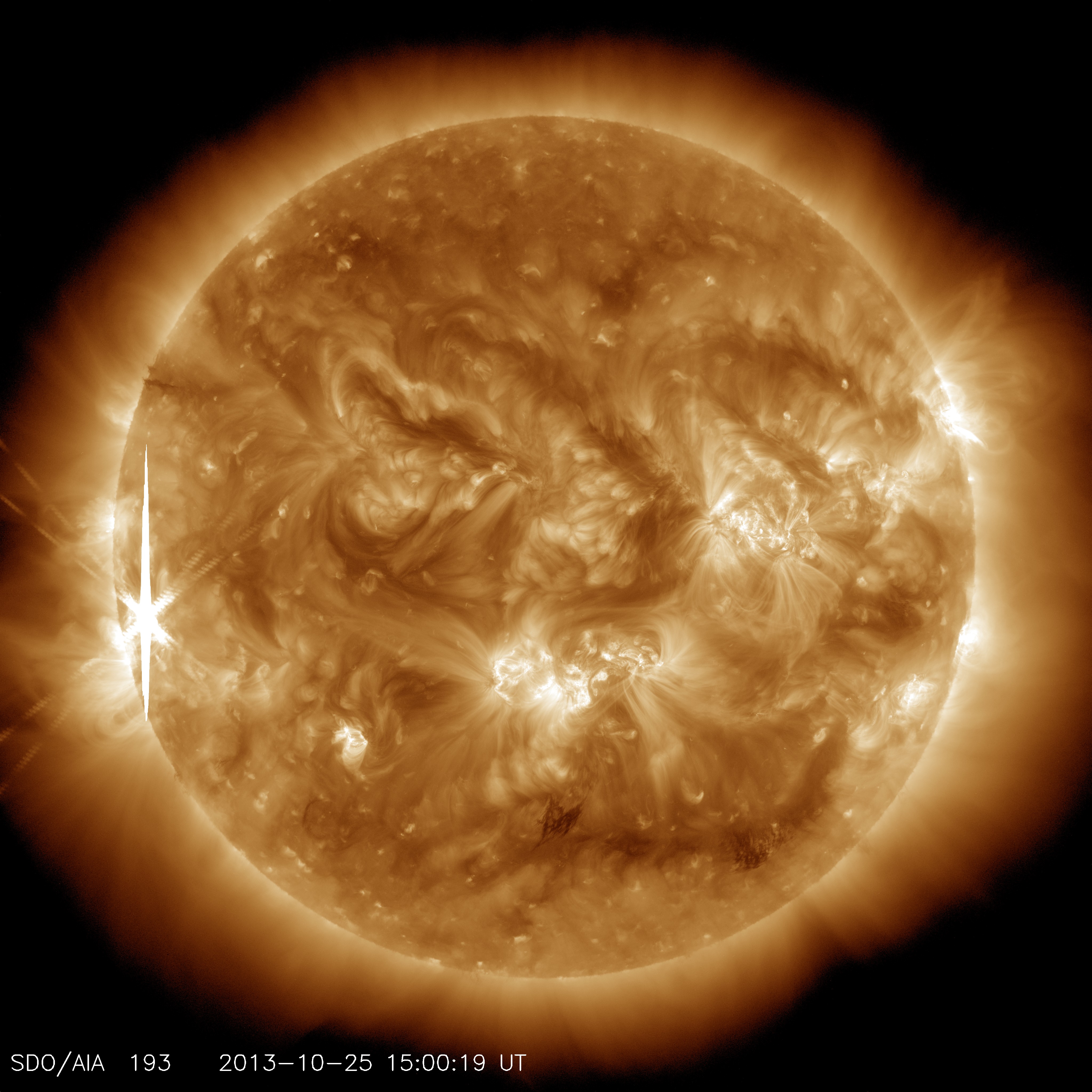
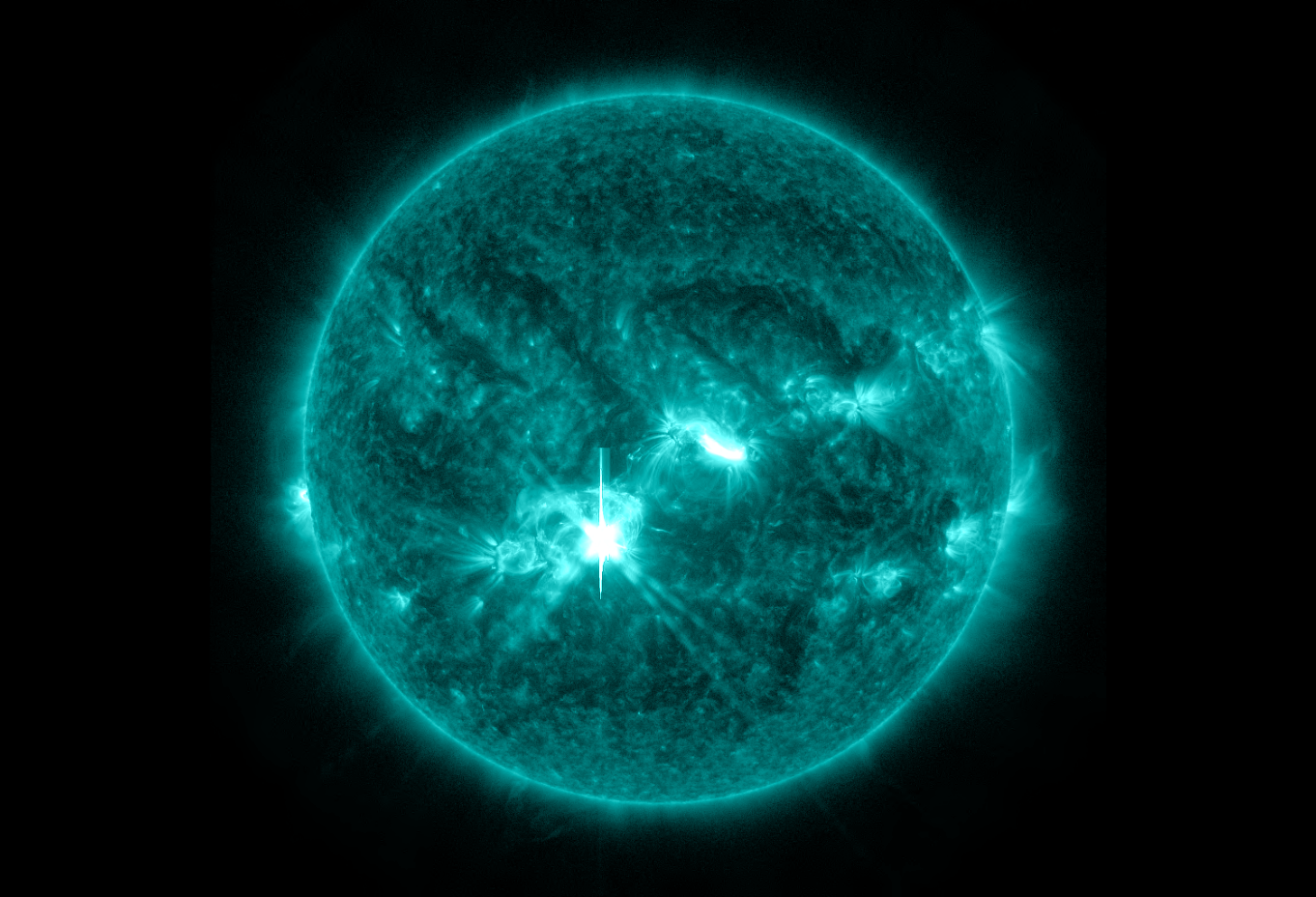
Related
Credits
NASA's Goddard Space Flight Center/SDO
https://svs.gsfc.nasa.gov/11383
Mission:
SDO
This item is part of this series:
Heliophysics Breaking News
Goddard TV Tape:
G2013-021 -- 2013 Heliophysics Breaking News
Keyword:
NASA Science >> Sun
